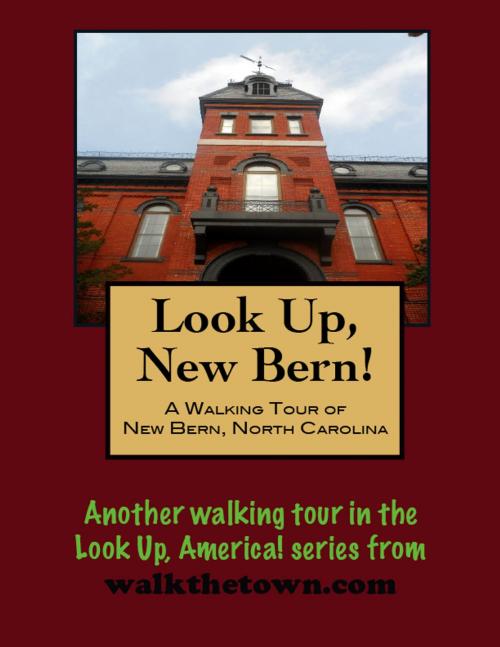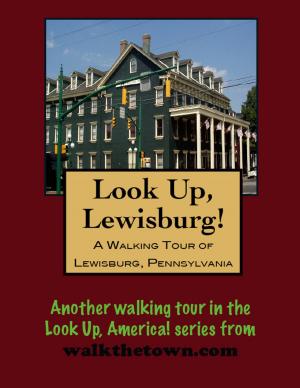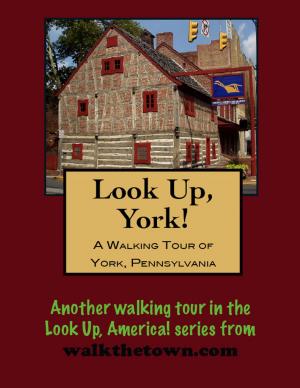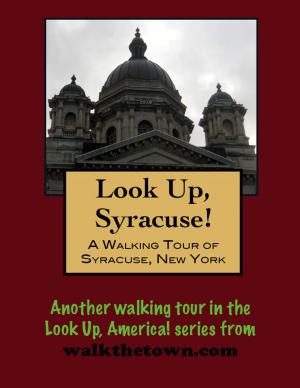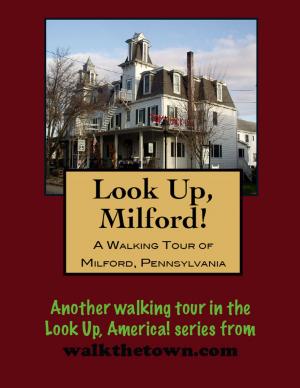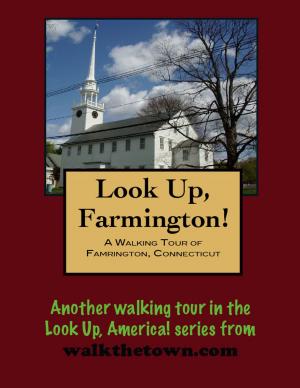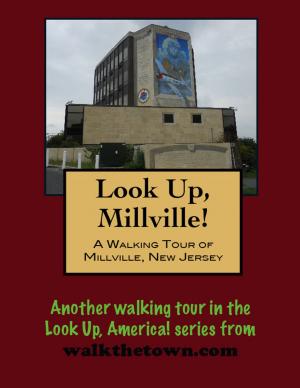| Author: | Doug Gelbert | ISBN: | 9781458080721 |
| Publisher: | Doug Gelbert | Publication: | June 7, 2011 |
| Imprint: | Smashwords Edition | Language: | English |
| Author: | Doug Gelbert |
| ISBN: | 9781458080721 |
| Publisher: | Doug Gelbert |
| Publication: | June 7, 2011 |
| Imprint: | Smashwords Edition |
| Language: | English |
There is no better way to see America than on foot. And there is no better way to appreciate what you are looking at than with a walking tour. Whether you are preparing for a road trip or just out to look at your own town in a new way, a downloadable walking tour is ready to explore when you are.
Each walking tour describes historical and architectural landmarks and provides pictures to help out when those pesky street addresses are missing. Every tour also includes a quick primer on identifying architectural styles seen on American streets.
Englishman John Lawson, Surveyor General of North Carolina, was the driving force behind the founding of New Bern. On March 8, 1705, Bath became the first town incorporated in what was to become North Carolina. Part of the incorporated land was owned by Lawson. He became one of the first town commissioners. In 1709 he published a book about his adventures entitled A Voyage to Carolina.
While back in London to publicize A New Voyage to Carolina, Lawson sweettalked a Swiss town official, Christoph von Graffenried, into founding a new colony on the Carolina lands. Lawson knew just the spot - a bluff above where the Neuse and Trent rivers flowed. Lured by the promise of cheap land and the dream of silver mines, von Graffenried organized a group of 650 displaced German Palantines hoping for religious freedom to the New World. In January 1710 he sent two ships of settlers ahead. Disease ravaged the expedition and what wasn't claimed by illness was plundered by a French vessel in the Chesapeake Bay.
Lawson laid out the town with the principal streets in the form of a crucifix, one running northwest from the rivers' junction and a traverse road, which was fortified with ramparts, running from river to river. When de Graffenried arrived in September 1710 he name the town for his country's capital, Bern. The settlement was under constant threat by Tuscarora Indians and in 1711 Lawson and de Graffenried were captured while on a canoe trip up the Neuse River. Lawson was tortured to death and de Graffenried freed presumably because he was so well dressed the Tuscarora mistook him for someone who could keep peace (de Graffenried's being the only account of the incident to survive.)
It was enough for the Swiss who sold his holdings in the enterprise to Thomas Pollock and by 1714 had left these shores forever. The Tuscarora too had been dispatched by this time - defeated and off to New York where they joined the famous Five Nations as the Chautauqua. By the time the town was incorporated as the second n North Carolina in 1723 there wasn't much Swiss left to it besides the name.
Lawson and de Graffenried's vision of a prosperous, well-situated town did come to pass however. It developed into the largest town in the colony and the royal government set up shop here. Busy trade routes between New Bern and Boston and Salem brought an air of New England sophistication to the outpost. Tobacco, molasses, lumber and naval stores kept the docks humming in New Bern through the 19th century.
From an early time the town has never been shy about moving buildings around town in lieu of just tearing them down. Although the waterfront has lost its industrial heritage the wrecking ball has been slow to swing on the streets behind where many landmarks remain from the 18th and 19th century. Our walking tour will seek them out but first we will start at the point that John Lawson picked out 300 years ago...
There is no better way to see America than on foot. And there is no better way to appreciate what you are looking at than with a walking tour. Whether you are preparing for a road trip or just out to look at your own town in a new way, a downloadable walking tour is ready to explore when you are.
Each walking tour describes historical and architectural landmarks and provides pictures to help out when those pesky street addresses are missing. Every tour also includes a quick primer on identifying architectural styles seen on American streets.
Englishman John Lawson, Surveyor General of North Carolina, was the driving force behind the founding of New Bern. On March 8, 1705, Bath became the first town incorporated in what was to become North Carolina. Part of the incorporated land was owned by Lawson. He became one of the first town commissioners. In 1709 he published a book about his adventures entitled A Voyage to Carolina.
While back in London to publicize A New Voyage to Carolina, Lawson sweettalked a Swiss town official, Christoph von Graffenried, into founding a new colony on the Carolina lands. Lawson knew just the spot - a bluff above where the Neuse and Trent rivers flowed. Lured by the promise of cheap land and the dream of silver mines, von Graffenried organized a group of 650 displaced German Palantines hoping for religious freedom to the New World. In January 1710 he sent two ships of settlers ahead. Disease ravaged the expedition and what wasn't claimed by illness was plundered by a French vessel in the Chesapeake Bay.
Lawson laid out the town with the principal streets in the form of a crucifix, one running northwest from the rivers' junction and a traverse road, which was fortified with ramparts, running from river to river. When de Graffenried arrived in September 1710 he name the town for his country's capital, Bern. The settlement was under constant threat by Tuscarora Indians and in 1711 Lawson and de Graffenried were captured while on a canoe trip up the Neuse River. Lawson was tortured to death and de Graffenried freed presumably because he was so well dressed the Tuscarora mistook him for someone who could keep peace (de Graffenried's being the only account of the incident to survive.)
It was enough for the Swiss who sold his holdings in the enterprise to Thomas Pollock and by 1714 had left these shores forever. The Tuscarora too had been dispatched by this time - defeated and off to New York where they joined the famous Five Nations as the Chautauqua. By the time the town was incorporated as the second n North Carolina in 1723 there wasn't much Swiss left to it besides the name.
Lawson and de Graffenried's vision of a prosperous, well-situated town did come to pass however. It developed into the largest town in the colony and the royal government set up shop here. Busy trade routes between New Bern and Boston and Salem brought an air of New England sophistication to the outpost. Tobacco, molasses, lumber and naval stores kept the docks humming in New Bern through the 19th century.
From an early time the town has never been shy about moving buildings around town in lieu of just tearing them down. Although the waterfront has lost its industrial heritage the wrecking ball has been slow to swing on the streets behind where many landmarks remain from the 18th and 19th century. Our walking tour will seek them out but first we will start at the point that John Lawson picked out 300 years ago...
